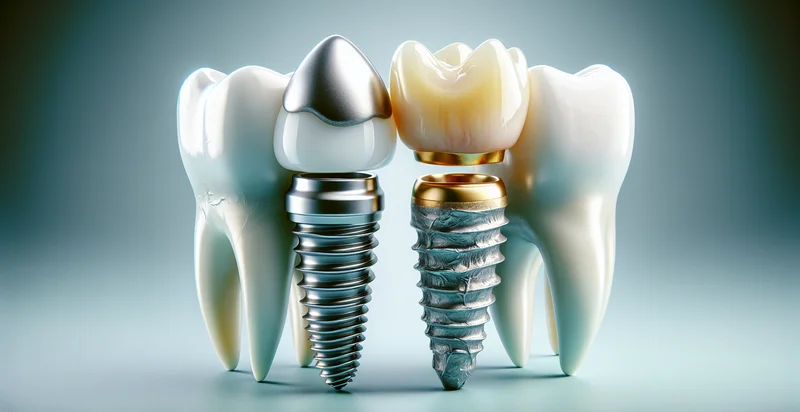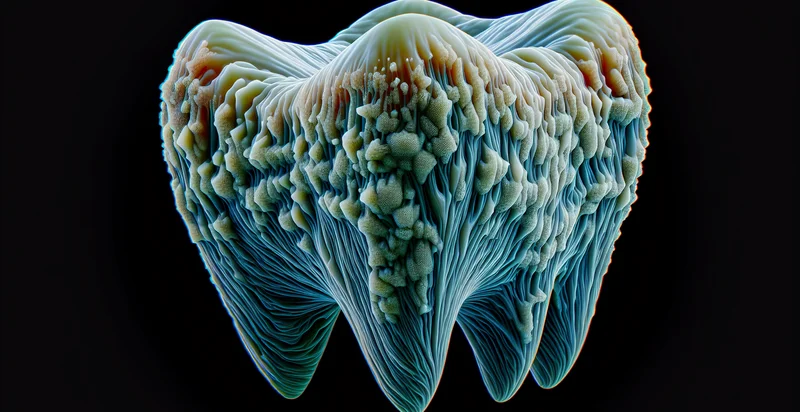Identify tooth decay stages
using AI
Below is a free classifier to identify tooth decay stages. Just upload your image, and our AI will predict the stage of tooth decay it is in - in just seconds.


Contact us for API access
Or, use Nyckel to build highly-accurate custom classifiers in just minutes. No PhD required.
Get started
import nyckel
credentials = nyckel.Credentials("YOUR_CLIENT_ID", "YOUR_CLIENT_SECRET")
nyckel.invoke("tooth-decay-stages", "your_image_url", credentials)
fetch('https://www.nyckel.com/v1/functions/tooth-decay-stages/invoke', {
method: 'POST',
headers: {
'Authorization': 'Bearer ' + 'YOUR_BEARER_TOKEN',
'Content-Type': 'application/json',
},
body: JSON.stringify(
{"data": "your_image_url"}
)
})
.then(response => response.json())
.then(data => console.log(data));
curl -X POST \
-H "Content-Type: application/json" \
-H "Authorization: Bearer YOUR_BEARER_TOKEN" \
-d '{"data": "your_image_url"}' \
https://www.nyckel.com/v1/functions/tooth-decay-stages/invoke
How this classifier works
To start, upload your image. Our AI tool will then predict the stage of tooth decay it is in.
This pretrained image model uses a Nyckel-created dataset and has 6 labels, including Advanced Stage, Early Stage, End Stage, Initial Stage, Moderate Stage and Severe Stage.
We'll also show a confidence score (the higher the number, the more confident the AI model is around the stage of tooth decay it is in).
Whether you're just curious or building tooth decay stages detection into your application, we hope our classifier proves helpful.
Related Classifiers
Need to identify tooth decay stages at scale?
Get API or Zapier access to this classifier for free. It's perfect for:
- Dental Hygiene Education: This function can be used in dental hygiene programs to educate patients about the stages of tooth decay. By visually showing the various stages and providing clear, accurate classifications, patients can better understand the importance of maintaining their oral health.
- Predictive Analytics for Dentists: Dentists can use this classification function to analyze patient dental images and predict potential tooth decay. By identifying early signs of decay, practitioners can intervene sooner, potentially saving patients from more extensive treatments and improving overall oral health outcomes.
- Mobile Dental Clinics: In mobile dental clinics that serve underserved communities, this function can assist dental professionals in quickly assessing the severity of tooth decay during on-site visits. The capability to classify decay stages rapidly can enhance decision-making and treatment options for patients with limited access to dental care.
- Insurance Claim Processing: Insurance companies can leverage this image classification function to streamline claim processing for dental treatments related to tooth decay. By accurately identifying stages of decay from images submitted for claims, insurers can expedite approvals and reduce fraudulent claims.
- Research and Development in Dentistry: Dental researchers can use the tooth decay stages identifier to compile and analyze data from various studies. This data can aid in understanding the prevalence of decay stages in different populations and contribute to the development of more effective prevention strategies.
- Digital Patient Records: Integrating this classification function into digital patient records can help track the progression of dental health over time. Dentists can easily review past classifications to assess a patient’s oral health history, which can inform future treatment decisions.
- Telehealth Services: In telehealth consultations, dentists can utilize this function to analyze patient-submitted images of their teeth. This capability would allow for remote assessments and provide patients with timely feedback on their dental health without the need for an in-person visit.


